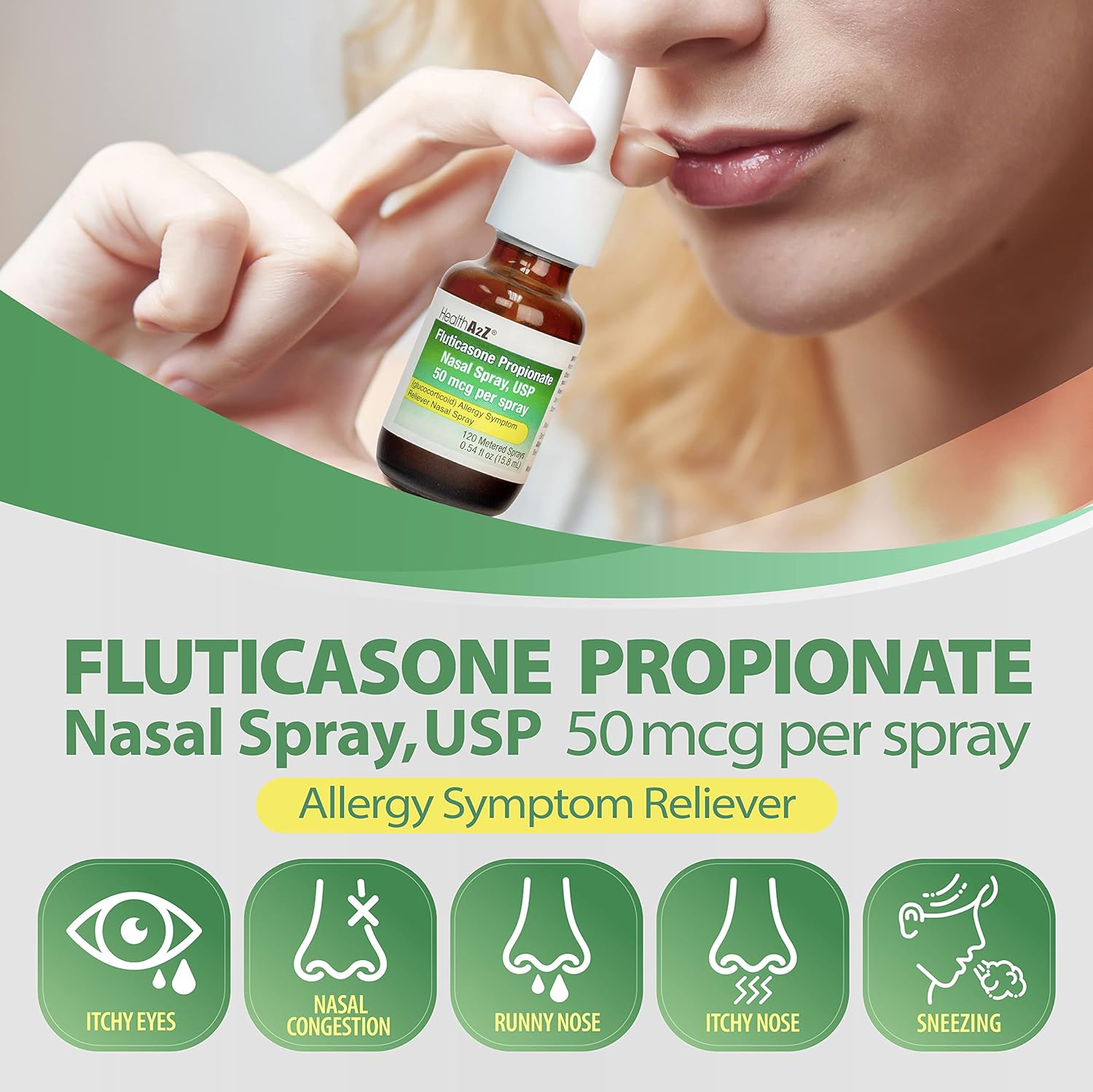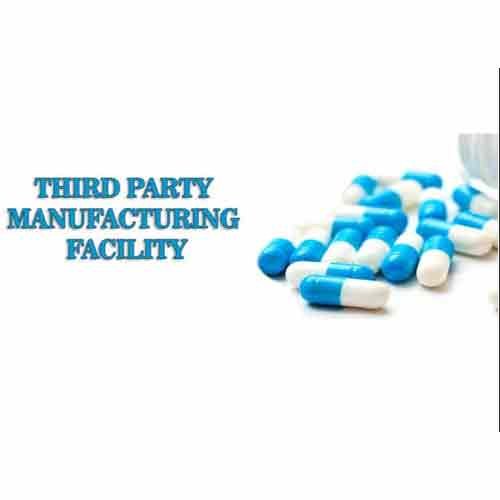
Third party manufacturing agreement - Many pharmaceutical and biotechnology firms lack their manufacturing facilities. They rely on third parties to supply them with the necessary amounts of agents or products for drug development. The developing company (the client) and its third-party manufacturer must have a productive and positive working relationship. As a result, writing a Third Party manufacturing agreement should lay a solid foundation for such an effective and positive working partnership.
Pharmaceutical companies have traditionally used contract manufacturers to achieve cost, capacity, and time-to-market efficiencies, as well as to get specific expertise not available in-house. However, contract manufacturers have progressively created innovative proprietary methods and deployed technology that may well outperform that available at the pharmaceutical client's facilities, which is driving the increase in manufacturing outsourcing.
Different stages of co-operation and Agreement
- The parties assess the foundations of their collaboration and attempt to document their shared understanding in a project plan or term sheet.
- The project plan or term sheet is turned into a legally enforceable agreement by the parties.
- The parties monitor specific areas of their cooperation, such as timetables, necessary disclosures, and so on, to ensure that they are complying with the agreement.
Contract Manufacturing under Drug Laws
The Drugs and Cosmetics Act of 1940 ("Act") and the Drugs and Cosmetics Rules of 1945 ("Rules") make no specific provision for contract manufacturing. The Act and the Rule are mute on contract manufacturing arrangements in terms of quality, effectiveness, and regulatory compliance.
Third Party Manufacturing and Loan License Agreements
Third Party Manufacturing and Loan License Agreements are common industrial arrangements in India. Marketing firms get into P2P manufacturing agreements with manufacturing companies for product specifications using the manufacturer's technical know-how under a marketing company's brand or trademark. The product is made under license from the State Food and Drug Administration, according to Form 25 and 28 of the Rules. The marketing firm sells and distributes the products under a wholesale license obtained by the state FDA in Form 20 -21.
Except under the Drug Price Control Order ("DPCO"), where the price of the pharmaceuticals is declared by NPPA and licensing requirements of the wholesale license, the marketing firm is not liable for the quality and regulatory compliance of drugs under P2P agreements.
Ways of Manufacturing Drugs as per Rules:
There is no such arrangement in the Drugs & Cosmetics Rules, 1945, when it comes to third-party manufacturing agreements. According to the rules, there are only three ways to make drugs:
- Repacking Licence
- Own Manufacturing Licence
- Loan Licence- A Loan Licence is issued to anyone who seeks to use the production facilities owned by a licensee (25A or 28A)
How to reach an agreement that fits your needs?
1. Evaluating Your Needs and Establishing a Project Plan:
- The client should analyze the services of numerous manufacturers at the outset of a potential collaboration to identify which manufacturers are suitably prepared to supply the needed services.
- When comparing different manufacturers, the project plan or term sheet is often used as a checklist to ensure that the CMO and the developing firm are on the same page in terms of business.
- The term sheet will be expanded to include specifics regarding the manufacturing process, specs, batch sizes, technology transfer, price, and timetables once the proper manufacturer has been found.
- Legal clauses like liability, warranties, and payment terms, on the other hand, should only be included in the term sheet if both parties are represented by counsel. Otherwise, a party may unintentionally yield rights or incur obligations.
2. Converting the Memorandum of Understanding into a Third party Manufacturing Agreement
- After the product plan or term, the sheet has been approved, either the creating firm or the manufacturer must produce a first draft of the manufacturing agreement.
- The party that prepares the first draught has an edge from the start. Use this to your advantage and design — or have someone draught — a contract that is appropriate for the situation.
- If you go to a lawyer, give him all of the details and he will come up with a suitable arrangement.
- Never send along a template that you haven't thoroughly read. You risk offending the other party, losing time, and giving up the advantage of being the first mover if you begin drafting using an inappropriate template.
3. Monitoring Compliance:
Signing a manufacturing agreement and beginning day-to-day collaboration is a significant milestone for any drug development project. This isn't to say that the manufacturing contract should be tucked away and forgotten about. Despite the fact that contact persons, project managers, and steering committees are frequently mentioned, the day-to-day collaboration required to advance a project is very informal. The manufacturing agreement, on the other hand, frequently requests official actions like files, deliveries, reports, notices, or declarations.
Both the developing firm and the manufacturer must keep track of the project and adhere to any administrative requirements. If a party fails to undertake such administrative obligations, the agreement's rights may be forfeited, and the party may be liable for damages as a result of the breach.
Following such requirements frequently improves communication between the parties, enables the identification of key concerns while they are still manageable, and may even inspire future projects and partnerships.
Related to Third Party Manufacturing Agreement
- Manufacturing Agreement
- Manufacturing and Supply agreement
- Supply Agreement
- Quality Agreement
- Manufacturing Technology Transfer
- Manufacturing Services
- Collaboration Agreement
- Joint Manufacturing Committee
- Pharmacovigilance Agreement
- Manufacturing License
Fees and Payment Terms
Is the client required to pay the CMO on a time-spent basis or only when the required products are delivered? How many advance payments will there be, and when will they be made? The parties might allocate specific risks and advantages between the developing firm and the manufacturer by adjusting the balance between advance payments and final payments. Manufacturing a new product usually necessitates a significant investment by the CMO in terms of personnel and facilities.
Significant upfront payments for each batch encourage the manufacturer to commit to short lead times and to meet excess demand. On the other hand, the client will require protection in the event of product delays or defects.
Early Termination
What are the ramifications of a premature termination? Will the majority of the payments be due nonetheless, or will the client just be responsible for the services that were actually provided? Will the manufacturer be required to produce a final report even if the project is terminated early, and what will it contain? The probability of an early termination varies greatly depending on the type of drug development project.
Projects in the early stages of development may fail or run out of money. Pharmaceutical corporations may buy more advanced ideas and want to move production to their own facilities.
Confidentiality
Should all information exchanged be considered secret, or only that which is clearly identified as such? What is the scope of the confidential information's use? What happens to the knowledge and experience that your staff retain? The less protected you are by enforceable intellectual property rights, the more crucial secrecy provisions become. If you don't have any IP rights, you may want to demand contractual penalties, liquidated damages, or expedited arbitration.
Loan License Agreement
A company that holds the marketing authorization for a medicine that has been lawfully licensed to manufacture and the market enters into a loan license manufacturing agreement. This arrangement is provided by Rule 75A and Form 28 of the Drugs and Cosmetics Rules, 1945.
A loan license arrangement transfers product specification know-how and trademark to a manufacturing business in exchange for the use of manufacturing facilities and personnel. The medicine is produced under the supervision of a corporation that holds a Form 28 Loan License. The Loan license holder is responsible for the quality, efficacy, and safety of the product.
The product label clearly states the name of the loan licensee as well as the location where the product is made by the licensee manufacturing firm.
Conclusion
The central government and drug regulators are clearly interested in fixing responsibilities of a marketing company under a contract manufacturing arrangement in terms of quality, efficacy, safety, and product liabilities, as evidenced by provisions in the Drugs and Cosmetics Act, 1940 and Rules 1945, and its amendment of 2020 with effect from 1st March 2021, and the Consumer Protection Act 2019.
FAQs on Third-Party Manufacturing Agreement
Q. What is a loan license agreement?A. A loan license arrangement transfers product specification know-how and trademark to a manufacturing business in exchange for the use of manufacturing facilities and personnel. The medicine is produced under the supervision of a corporation that holds a Form 28 Loan License.
Q. How to reach an agreement that fits your demands?
A. You can reach an agreement through - Evaluating Your Needs and Establishing a Project Plan, Monitoring Compliance, and Converting the Memorandum of Understanding into a Third-party Manufacturing Agreement.



